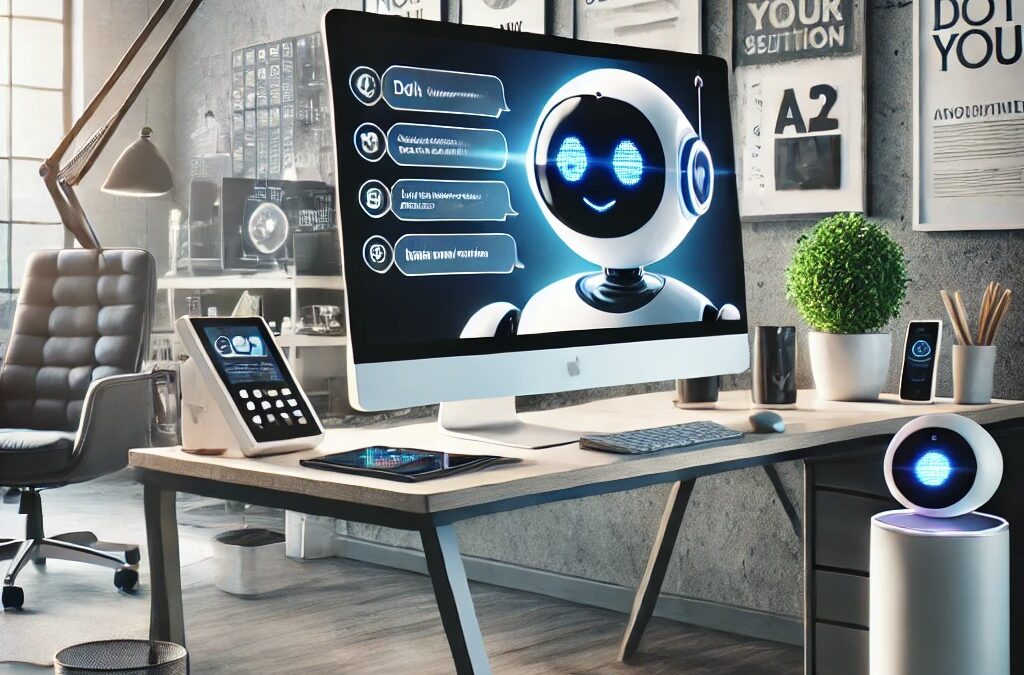The future of chatbots looks very promising and is likely to be characterized by significant advancements in several areas:
- Increased Naturalness and Conversational Abilities: Future chatbots will likely exhibit more advanced conversational capabilities, enabling them to understand and replicate human conversational nuances more effectively. This includes better recognition of context, tone, and emotions, allowing for more engaging and human-like interactions.
- Greater Integration and Ubiquity: Chatbots are expected to become more integrated into everyday devices and platforms, such as smartphones, home assistants, and even in cars or appliances, making them more accessible and useful in a wider range of contexts and environments.
- Enhanced Personalization: As AI technologies evolve, chatbots will become better at personalizing interactions based on the user’s history, preferences, and even emotions. This could involve adjusting the conversation style or recommending actions and content more aligned with individual needs.
- Improved Multimodal Capabilities: Future chatbots will likely be more multimodal, meaning they will be able to interact through and integrate multiple types of input and output, such as voice, text, images, and video. This would make them more versatile and better suited to complex tasks involving various forms of media.
- Autonomous Learning and Adaptation: With advances in machine learning, chatbots could improve their own performance over time without explicit programming. They might be able to learn from each interaction and autonomously adapt to new languages, dialects, or changes in user behavior.
- Ethical and Privacy Enhancements: As the technology matures, there will be a stronger focus on the ethical implications of using chatbots, including privacy protections, transparency in AI decision-making, and the avoidance of bias in AI responses.
- Expansion into New Domains: Chatbots are likely to expand into new and diverse domains, such as healthcare for preliminary diagnostics, education for personalized learning, and customer service for even more complex problem-solving.
Overall, the trajectory for chatbots is one of greater sophistication, integration, and utility, potentially transforming how individuals and businesses interact with digital systems.

